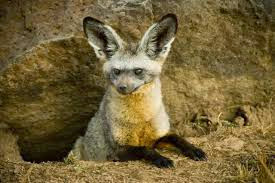Tiliqua Scincoides skinks embody the Australasian class Tiliqua, which holds a portion of the biggest parts of the skink family (Scincidae). They are generally called blue-tongued reptiles or basically blue-tongues in Australia. As proposed by these regular names, a noticeable normal for the class is a huge blue tongue that might be uncovered as a feign cautioning to potential adversaries. Blue-tongued skinks are reared in imprisonment and sold as house pets.
Tiliqua Scincoides live in open nation with heaps of ground blanket, for example, tussocky grasses or leaf litter. They protect during the evening around leaf litter or under substantial questions on the ground, for example, shakes and logs. Promptly in the morning blue-tongues develop to loll in sunny regions before searching for sustenance throughout the hotter parts of the day.
Tiliqua Scincoides consume a wide assortment of both plants and creatures. Blue-tongues are not exceptionally deft and the creatures they consume are basically moderate moving. Their teeth are substantial and they have solid jaw muscles so they can pound snail shells and bugs.
Tiliqua Scincoides is backed by the hyoid skeleton, this is valid for all parts in the Order Squamata. The tip of the tongue is backed by one bar of the hyoid skeleton, the lingual procedure (Cogger and Zweifel, 1998). Development of the Eastern-Blue Tongued Skink is a waddle movement, on account of the short legs that the creature has(Obst, 1998).Obst, 1998).Obst, 199
Tiliqua Scincoides Animals
Tiliqua Scincoides Animals
Tiliqua Scincoides Animals


































